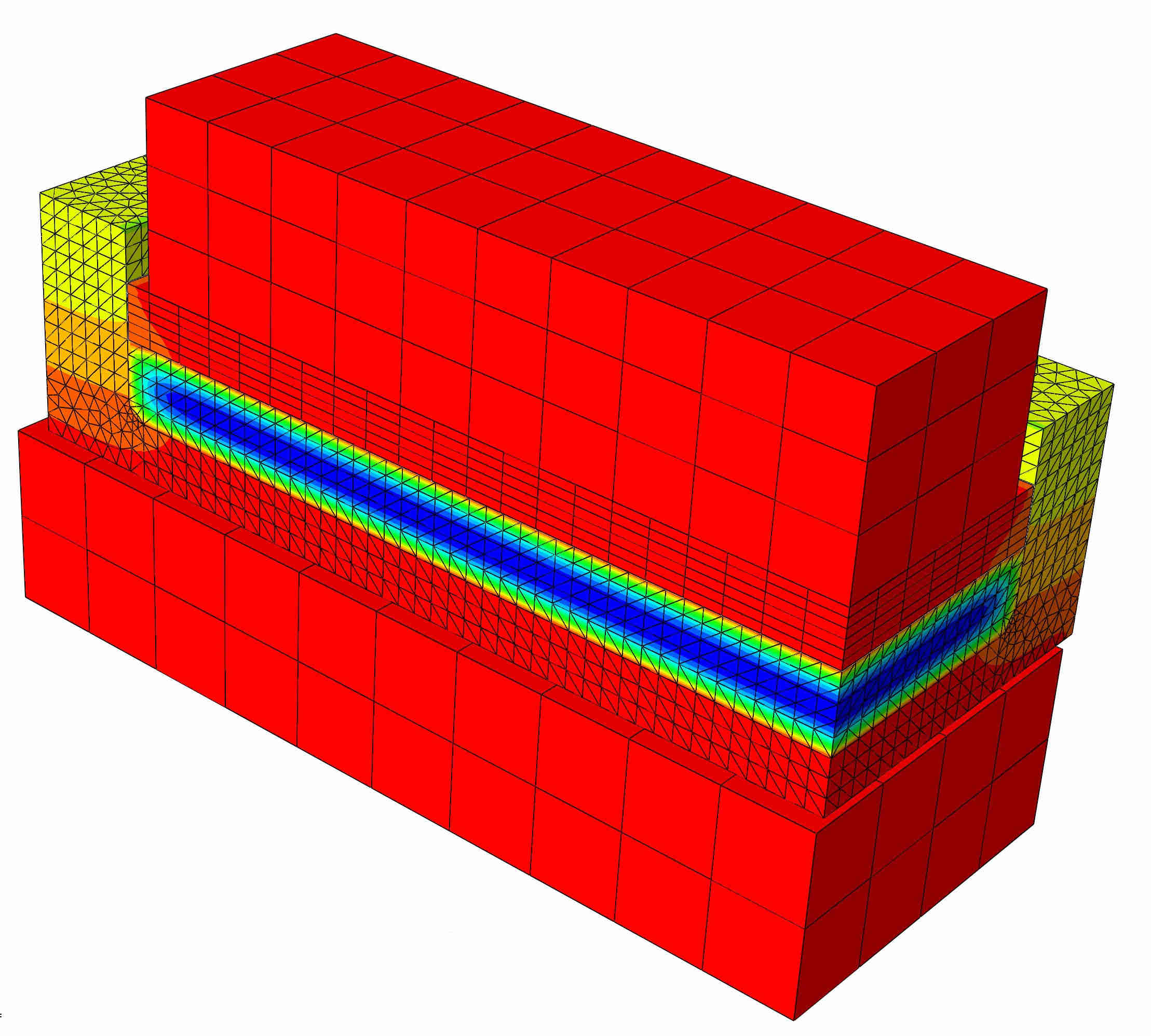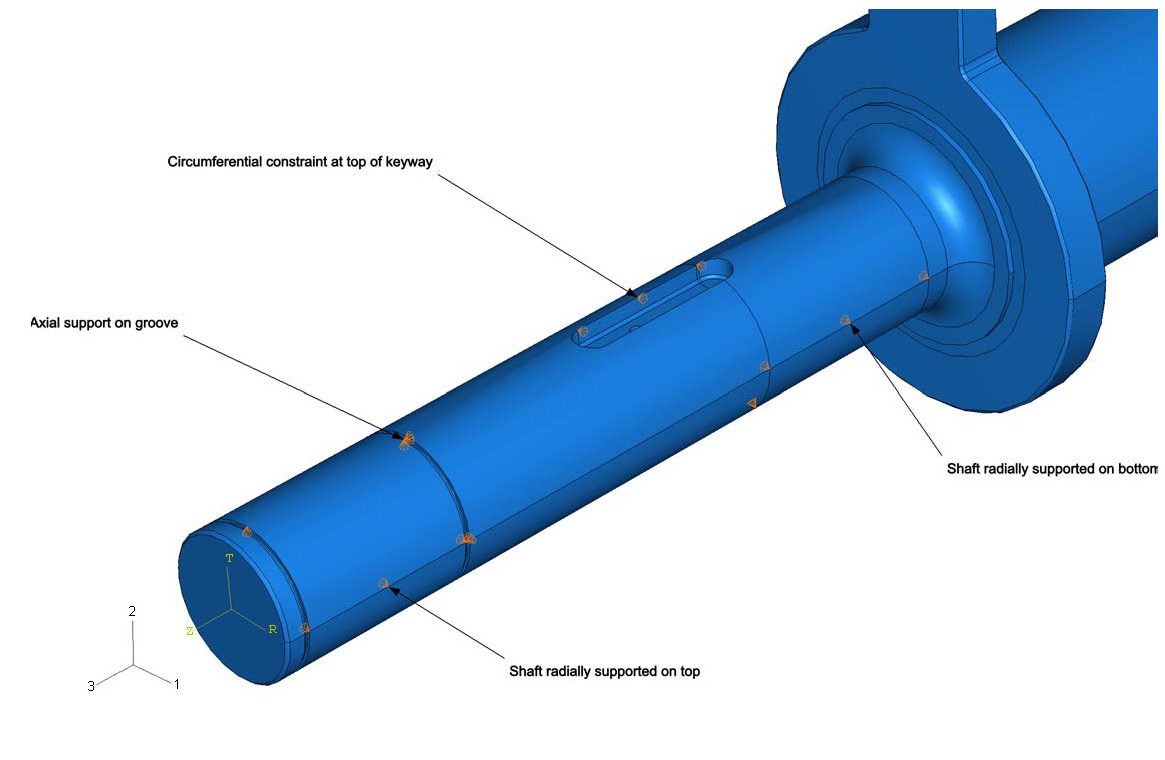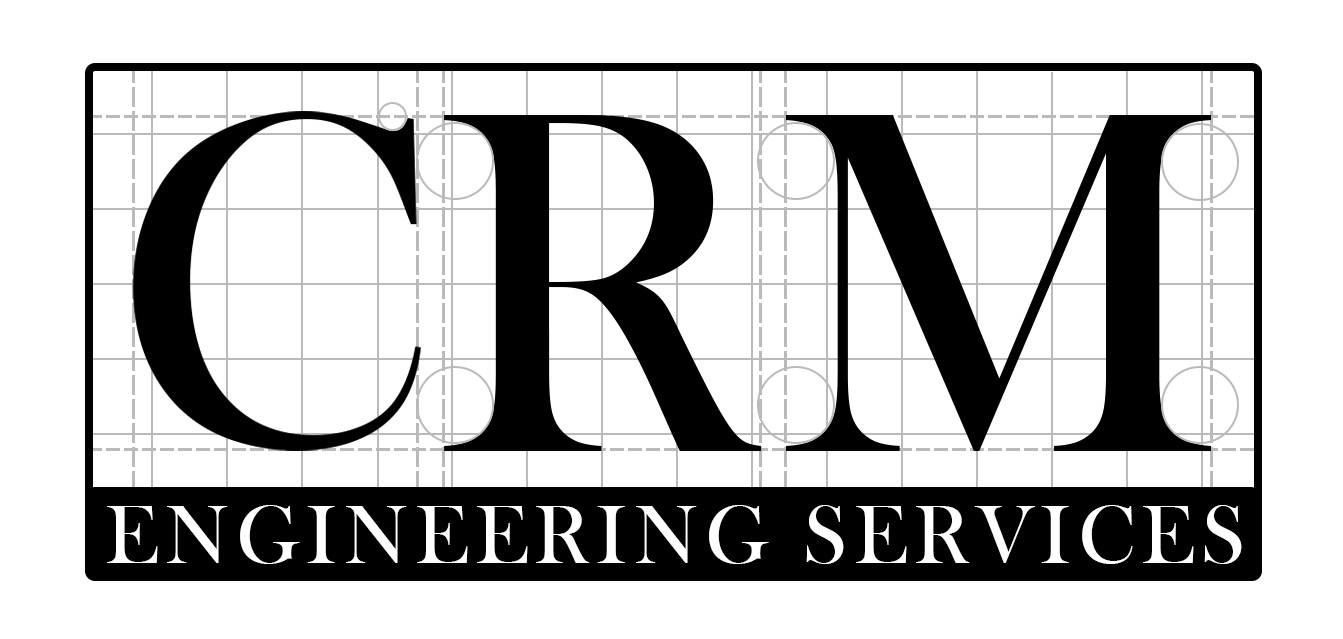Molding slabs of UHMWPE Combined stress and thermal analysis
Our client was experiencing fatigue failures in their large aluminum molds. The process involved filling the mold with pellets, placing a lid over the product, and pressing the mold and lid with heated platens. We found that friction between the mold and the lower platen restrained the mold more than friction between the lid and the upper platen. In addition to the differential thermal expansion between the mold and the lid, this caused the lid to bear against the mold. These forces produced high alternating stresses at the bottom corners of the mold. By modifying the dimensions of the lid, the fillet radii in the molds, and by periodically removing the platen loads to eliminate the friction the fatigue life of the molds was substantially increased.


Uncoiler shaft Fatigue
A shaft on a machine that uncoils tubing to be fed into a tube bender was often breaking. Examination of the fracture surface readily indicated fatigue striations. Since a change in shaft diameter would necessitate a redesign of a substantial portion of the machine, changes in details, material, and surface treatment were the only variables available for modification. The keyway was moved away from the radius, the radius was increased, the material was changed to an alloy with substantially better fatigue properties, and the surface at the radius was peened. In-service use has shown no fatigue failures to-date.
